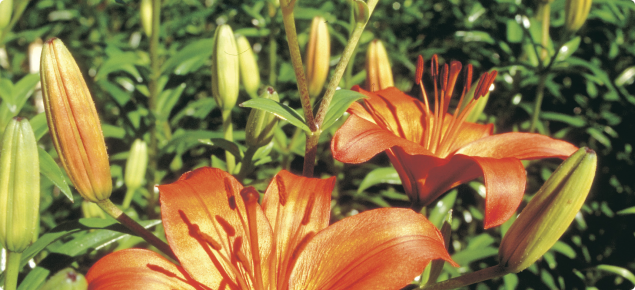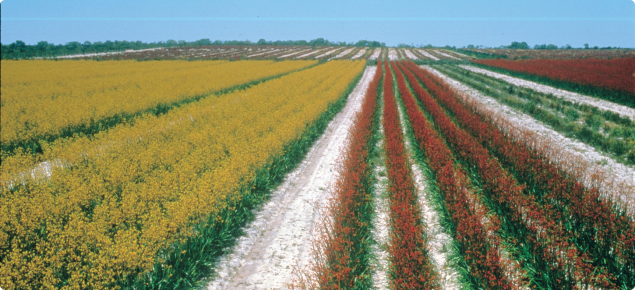The flower industry is an attractive one: the product is exotic and colourful, and often associated with happy times and memories. It can also be profitable.
The industry appeals to people keen to use blocks of land purchased for retirement or lifestyle changes. It also appeals to farmers wishing to diversify. But to be successful requires an appreciation of the needs of the industry, the cost of entering the industry, and the impact it will have on you and your family.
The flower industry
In Western Australia the industry consists of a number of sectors such as:
- traditional or exotics including roses, carnations, gerberas and chrysanthemums which are increasingly grown under shade or in controlled environments
- Australian native flowers including waxflower, kangaroo paws, banksia and boronia, which are mainly grown in the field with limited numbers under cover
- South African plants such as proteas and Leucospermum
- foliage including eucalyptus species
- dried and dyed flowers and foliage
- pot plants for in-house and amenity use
- support activity such as propagation, tissue culture, seed producers, etc.
Most flower products exported from Western Australia are Australian natives, foliage and South African flowers. The bulk of traditional and potted plants are used in Perth or other parts of Australia.



